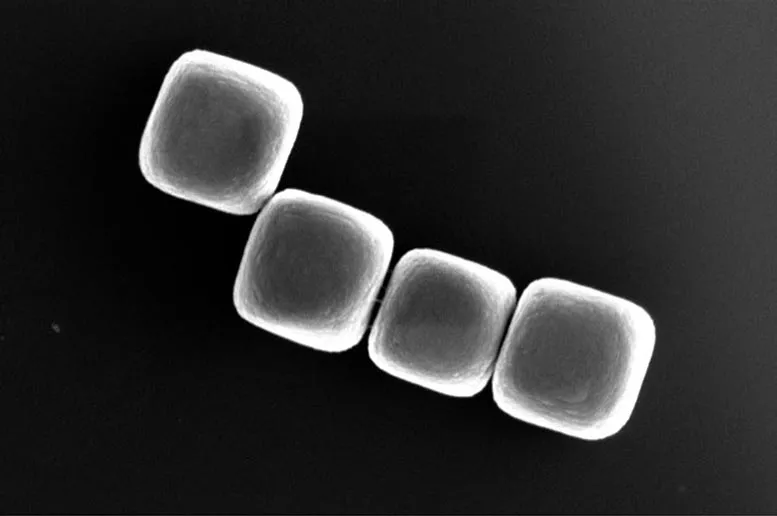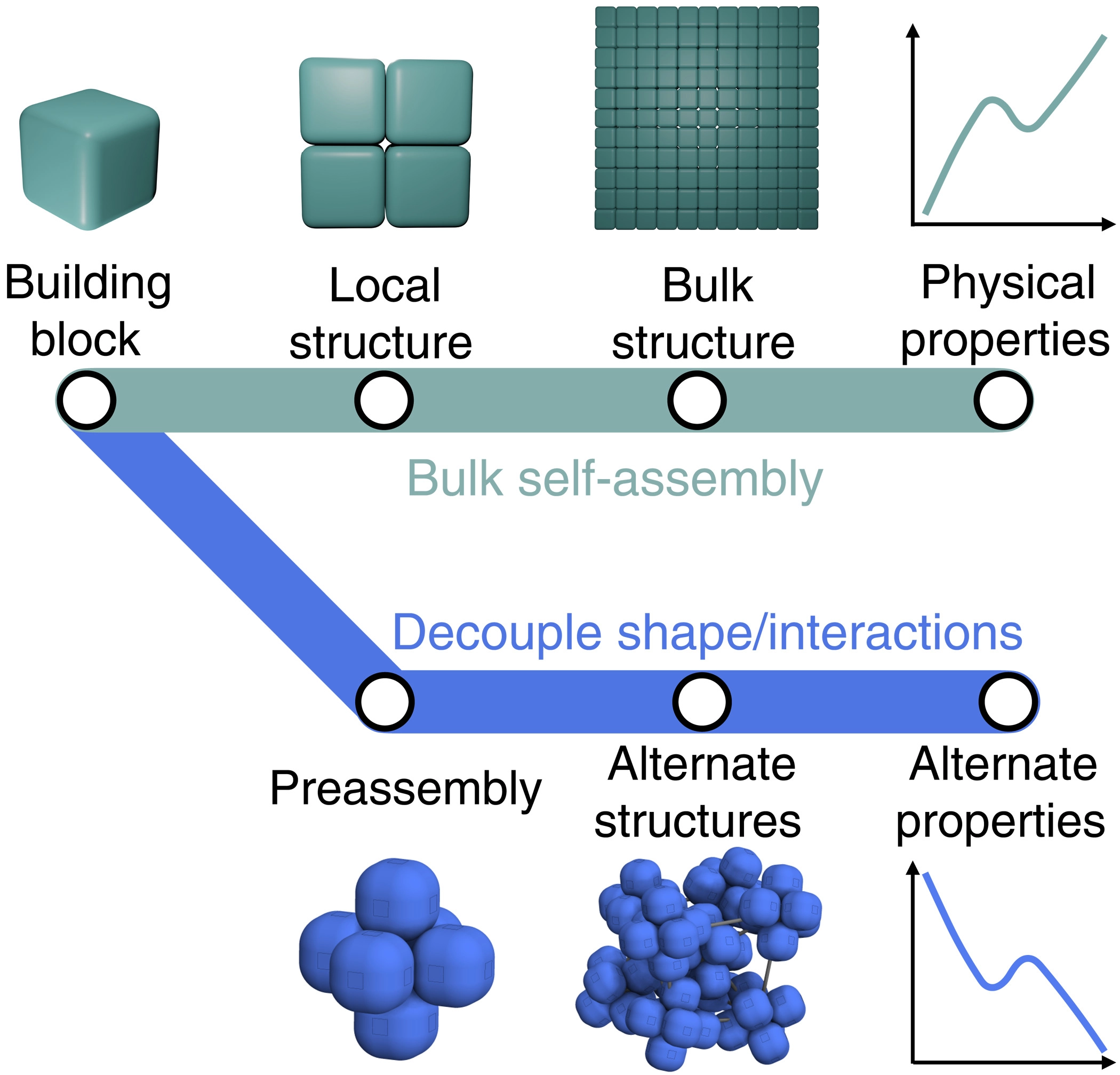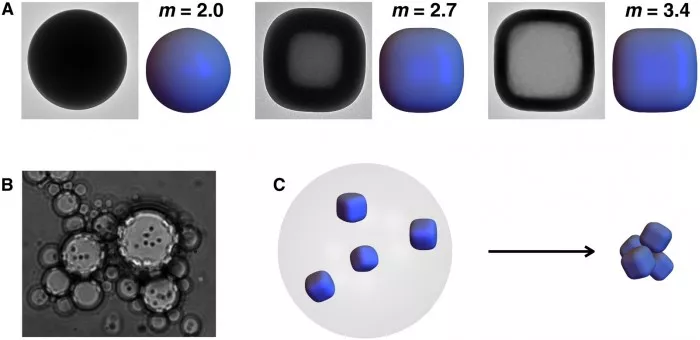Laura Rossi, a researcher at Delft University of technology in the Netherlands, and her team have found a new way to make synthetic materials from tiny particles - so-called colloids Together with researchers from Queen's University and the University of Amsterdam, they showed that the shape of these colloids can be simply used to make interesting components of new materials, regardless of other properties of colloidal particles. "This is remarkable because it opens up a new way to think about material design," Rossi said

Colloids are tiny particles, ranging in size from a few nanometers to a few microns. They consist of a collection of molecules that can have different properties, depending on their material. Rossi explained: "in some cases, colloids can behave like atoms and molecules, but their interaction is not so strong. This makes them promising components of new materials, such as interactive materials that can adapt their properties to the environment."
Without treatment, the cubic colloid in this study is made of glass and will self assemble into simple structures, such as twisted cubes and hexagons. However, instead of immediately moving from the component to the final structure, scientists took small groups of colloids and combined them into larger components. When they assembled these colloidal groups, they finally got a final structure that was different from the self-assembled structure and had different material properties. "From a chemical point of view, we always focus on how we can produce certain types of colloids," Rossi said. "In this study, we have shifted the focus to: how do we use existing colloids to make interesting components?"

According to Rossi and her collaborator Greg van Anders, one of the ultimate goals of their research group is to design complex colloidal structures on demand. "What we found here is very important, because for possible applications, we need programs that can expand the scale, which is difficult to achieve by most available methods." Van Anders added: "the basic ability to pre assemble the same 'chess pieces' from different components and make them form the same structure, or pre assemble different' chess pieces' with the same components to form different structures is actually the basic 'chess step' of engineering complex structures."
Although Rossi studies the basic aspects of material design rather than application, she can foresee the final application of this specific work. "We found that the density of the structure we prepared is much lower than the density of the structure you obtained by using the starting member. Therefore, you can consider strong and light materials for transportation."

After Rossi's team built the colloidal cluster in the laboratory, they relied on Greg van Anders team of Queen's University to build the final structure from the pre assembled cluster by computer simulation. "For such projects, it is very good to be able to cooperate with other people who can run simulations, not only to have an in-depth understanding of what is happening, but also to test the chances of successful laboratory experiments," Rossi explained. "In this case, we have obtained very convincing results, that is, we have a good understanding of the design process, and the resulting materials can be useful."
The next step will be to actually build the final structure made of colloidal groups in the laboratory. "After seeing these results, I believe it can be done," Rossi said. "It would be great to have a physical version of this material and hold it in your hand."